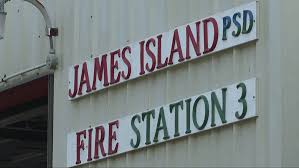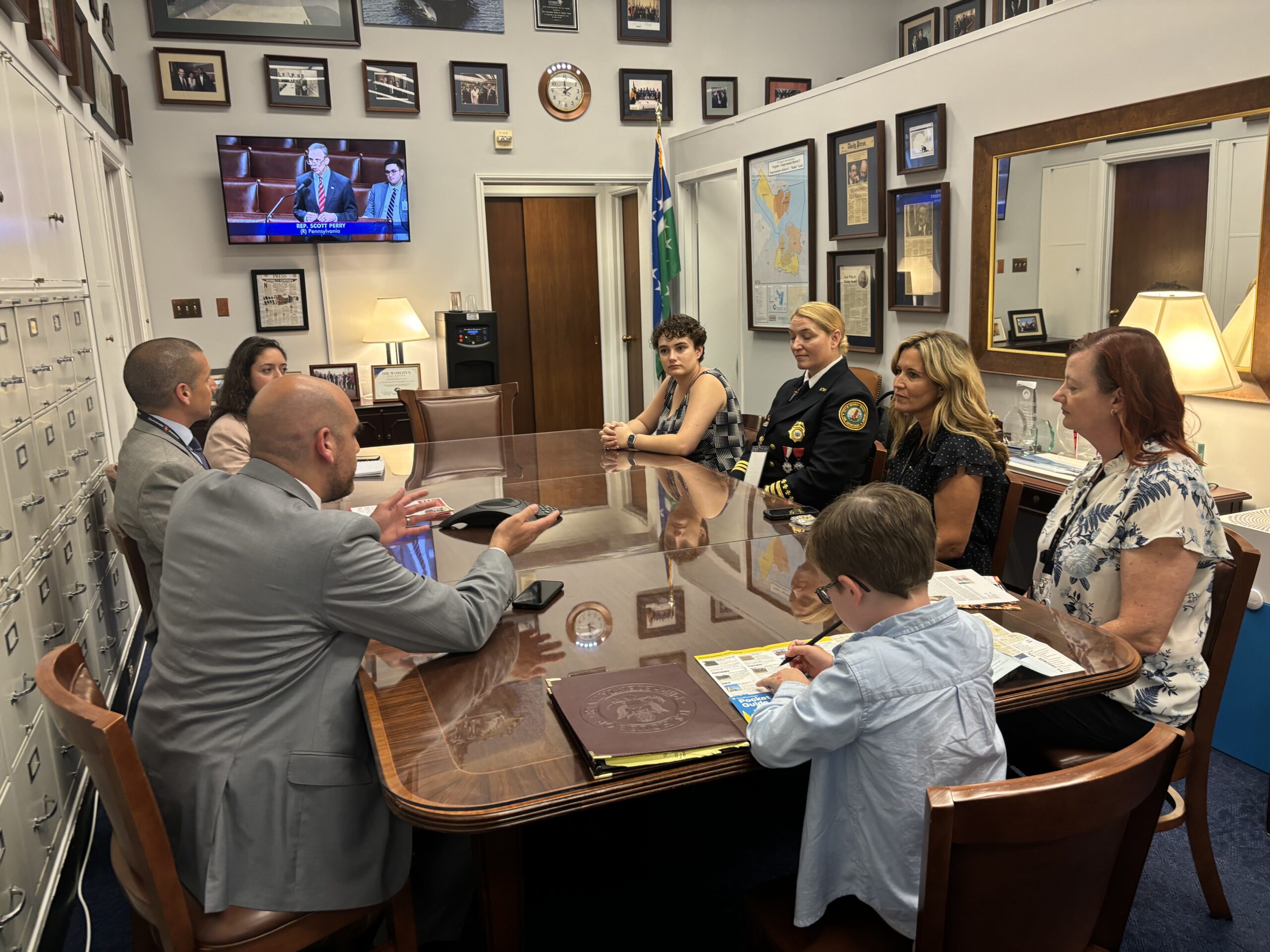The Winnipeg Fire Paramedic Service’s integrated service model has been identified as a leading model amongst Canadian municipalities by a study conducted by a Carleton University researcher.
The Winnipeg Fire Paramedic Service (WFPS) is dedicated to providing effective, efficient service to keep the citizens of Winnipeg safe. In order to do so, the WFPS employs an integrated service model, which unites fire and ambulance service under one response team.
A recent independent study published by Carleton University recognizes the WFPS’s integrated service model as one of the 16 “promising practices” unique to the WFPS. The report notes that “…Winnipeg Fire Paramedic Service provides an outstanding model of emergency medical response. Service is provided in an effective and efficient manner, helping meet Winnipeg residents’ health care and social care needs, particularly in life-threatening or precarious situations.”
The study, written and researched by Dr. Susan Braedley of Carleton University and funded by the Social Sciences and Humanities Research Council of Canada, also identified a number of innovative and unique practices employed by the WFPS, including:
- Municipal-provincial alignments and cooperation: the study found an effective, successful relationship between the Winnipeg Regional Health Authority (WRHA) and the WFPS.
- Firefighter/Primary Care Paramedic on each fire apparatus: The study found that having cross-trained firefighter/paramedics increases efficiencies and provides better service by having both fire and paramedic support available in crisis situations.
- Effectiveness, judgment and job satisfaction in emergency medical response: The study found that cross-trained Firefighter/Primary Care Paramedics were unanimous in their view that their cross-training provided them with the necessary skills to effectively respond to emergency medical calls.
- Coordination between Fire and Paramedicine in emergency medical response: the report observes that the work organization between Firefighter/Primary Care Paramedics, fire-trained workers and ambulance-based Advanced Care Paramedics was well-coordinated and respectful.
- Pilot programs to assist service users and achieve efficiencies: for example, the report named the Emergency Paramedics in the Community (EPIC) as being an innovative program that is used to assess and support highly vulnerable individuals in order to organize and provide needed services.
“This report solidifies the fact that our integrated service model is a safe, effective and efficient way to provide service,” said Chief John Lane, Winnipeg Fire Paramedic Service. “The Winnipeg Fire Paramedic Service remains dedicated to continuing to find new ways to best serve the community and our firefighters and paramedics.”
“Community outreach is an important aspect of the future of health care,” said Helen Clark, COO of Emergency Response and Patient Transport for the WRHA. “Coordinating health, social and emergency services helps us to provide the vulnerable populations of Winnipeg with the most appropriate care when and where they need it.”
Winnipeg adopted its current integrated service model in 1997 through a cost sharing agreement with the Winnipeg Regional Health Authority. Winnipeg’s fire protection resources are used to provide timely emergency medical response for life-threatening situations and for calls which are unlikely to result in a patient transport. Last year, firefighter/primary care paramedics dealt with an entire incident without an ambulance 10,500 times, leaving ambulances available for patients with life threatening conditions.
Read the full report, “Promising Practices in Emergency Medical Response at Fire Rescue Services: Lessons from Winnipeg” by Dr. Braedley.


